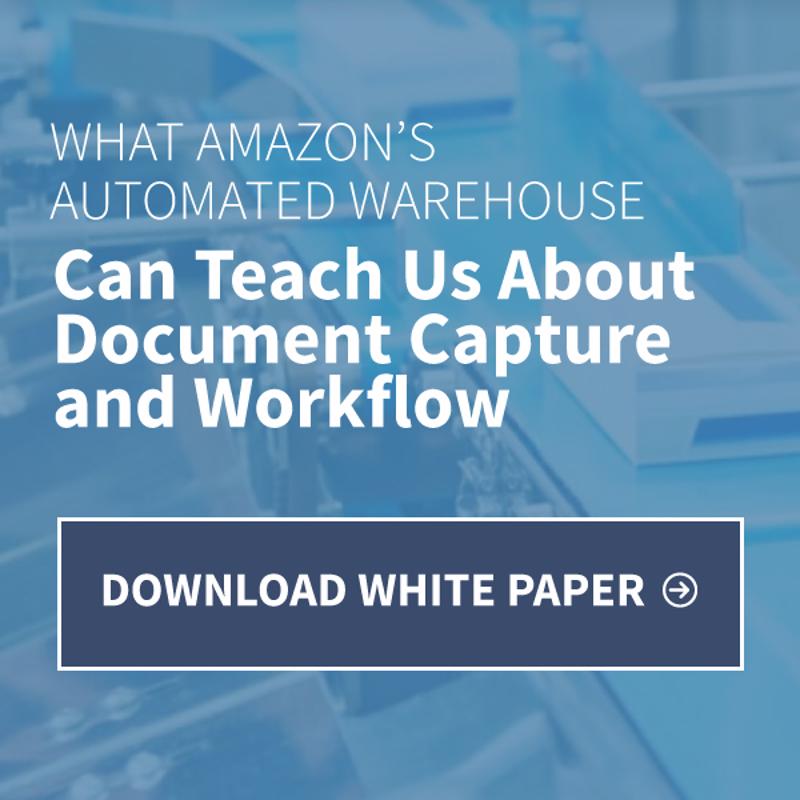
Don't let your files look like this!
Digitizing documents within your small business can work wonders for your company's organization and financial situation.
Major problems with hard copy files
Every business has had to deal with the high costs of printing, copying and document maintenance. According to Ford Business Machines Inc. it costs an annual average of $25,000 to fill a filing cabinet, and another $2,500 to maintain that filing cabinet. Another thing to consider is all of the internal documents that are often needed for legal or tax reasons. It can be so time-consuming to sort through all of your documents for important legal matters, especially if it is a time-sensitive case. Documents can get lost or misplaced very easily, or even destroyed in the event of natural disasters or fires.
There are also always documents that your company doesn't need anymore, and managing that document retention can be difficult if all the files are hard copies. It can be tricky to figure out which files can be discarded, not to mention finding where they are. For businesses that frequently collaborate on files, hard copy documents can be tough to work on as a team. There comes the issue of repetitive edits, a slower overall process and documents that are easily forgotten, as pointed out by Business.com.
How can electronic files solve these problems
Now consider each of these problems, but for a small business that has digitized its documents. Document management takes care of pretty much all of them. Almost all filing costs are eliminated, along with fewer printing and copying costs, Ford stated. Electronic filing can also save a lot of time, especially for employees who do a lot of administrative work, as it can open up time for them to focus on more valuable and productive tasks.
When your files are online, Business.com said, it also allows for easy organization, the ability to quickly find documents (whether for internal or external use) and the capacity for electronic authenticators so only certain staff can have access to important documents. Not to mention the elimination of the need for a disaster recovery plan, an easier way to get rid of old files and a simple and helpful collaboration tool.

